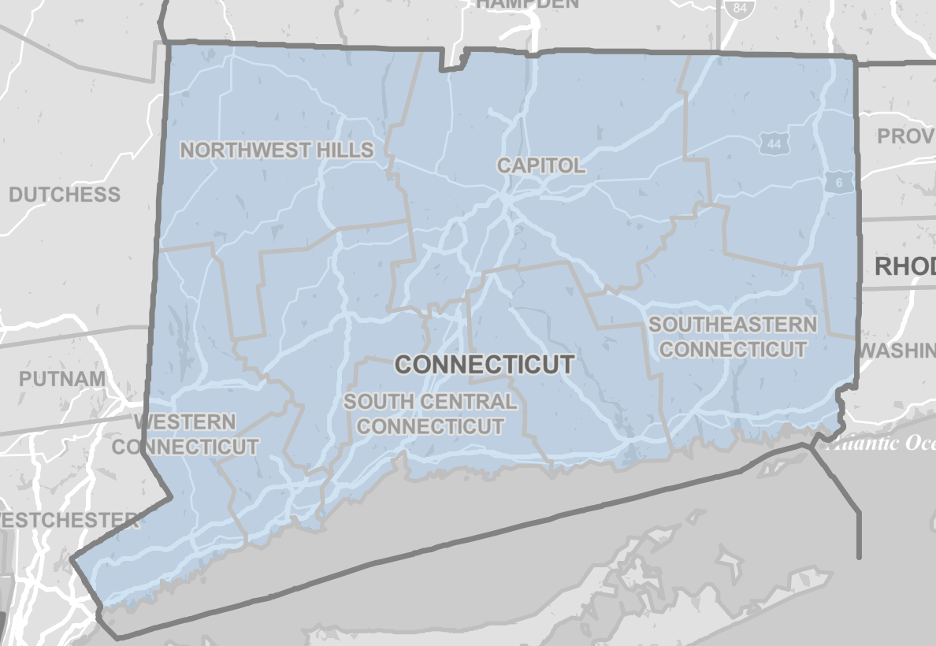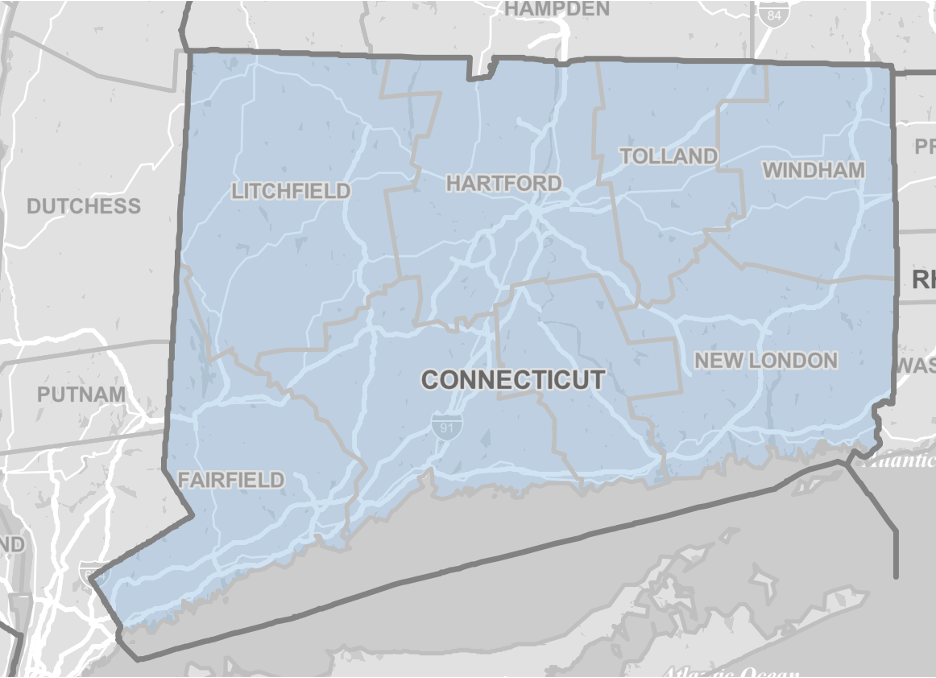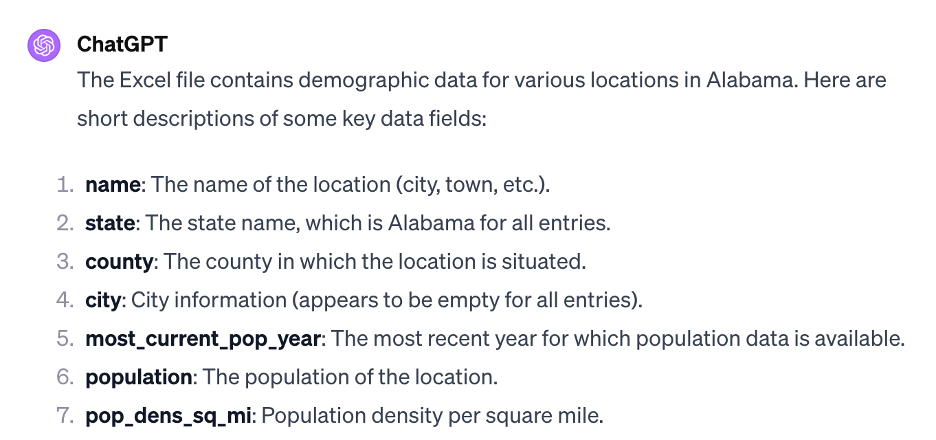Welcome back! I’ve got some exciting updates to share with you today that can help boost your business decisions with data-driven insights. Here’s a quick rundown:
TL;DR Summary:
- Point of Interest Maps: Now available as an add-on for your radius reports for just $50.
- ZipTarget Analysis: Learn how I improved my Google Ad campaign by 900% by targeting the right zip codes. You can do it too.
- 2023 Population Data: The U.S. Census Bureau has released new population estimates for cities and counties. Get them now on our state demographic sites.
Point of Interest Maps: A Data-Driven Decision
I’ve been diving into Invent and Wander: The Collected Writings of Jeff Bezos lately, and one quote really stuck with me:
“Many important decisions we make at Amazon.com can be made with data… math tells us which is which. These are our favorite kinds of decisions.”
I couldn’t agree more! Data-driven decisions make life so much easier for small business owners like me. And guess what? Offering Point of Interest (POI) maps to our reports was one such decision.

After sending out post-purchase emails asking, “What else do you need?” the overwhelming response was a request for POI maps. So, we’ve listened!
Now Available: Point of Interest Maps for $50
For just $50, you can now add Point of Interest Maps to your radius reports. Get a custom map of key locations sent directly to your inbox within one business day. Need more details? Just reply to this post, and I’ll be happy to help!
ZipTarget Analysis: Boost Your Ad Performance Like I Did
Another powerful quote from Jeff Bezos speaks to the art of decision-making:
“Not all of our important decisions can be made in this enviable, math-based way. Sometimes… judgment is the prime ingredient.”
In the world of targeted marketing, I’ve had to rely on both data and judgment. Earlier this year, my Google PPC campaign took a major hit, losing $289 in just one month. That’s when I realized that relying on Google’s data wasn’t enough. I needed to look at my own sales data.
My Turnaround Story: From Loss to Profit
By analyzing zip codes from my Shopify sales data and matching it with detailed business demographics, I found the sweet spot for my ads. The result? A failing campaign turned into a $2,341 profit within just 30 days, all while cutting my ad spend by $200!
Now, I’m offering to help you achieve similar results with our new ZipTarget Analysis service. For the first 10 clients, I’m offering this service at $99. Learn more here, or feel free to reach out with any questions!
2023 Population Data for Cities & Counties
The U.S. Census Bureau has just released the 2023 population estimates for most cities and counties. If you want to skip learning how to use the Census’ website, you can get the 2023 estimates for free on our state demographic sites as well as in your Demographics By Cities and Counties Reports and Custom Data Requests. The 2023 data for counties are currently live, and we’re working on adding the same data for cities.
What’s Available Now?
- 2023 population data for counties is live on our site.
- Data for cities is being added as we speak.
If you’ve ordered a 2022 Demographics By Cities report, don’t worry—we’ll be sending you an updated version with the 2023 data soon.
When Will the Rest of the 2023 Data Be Released?
By December 2024, we’ll have the full 2023 detailed demographics for all geographic areas, including zip codes. Stay tuned!




















